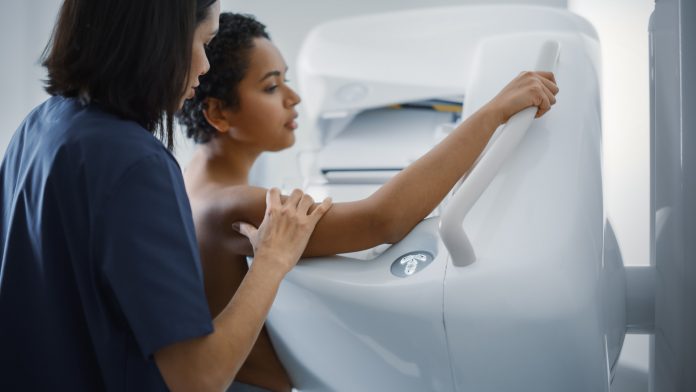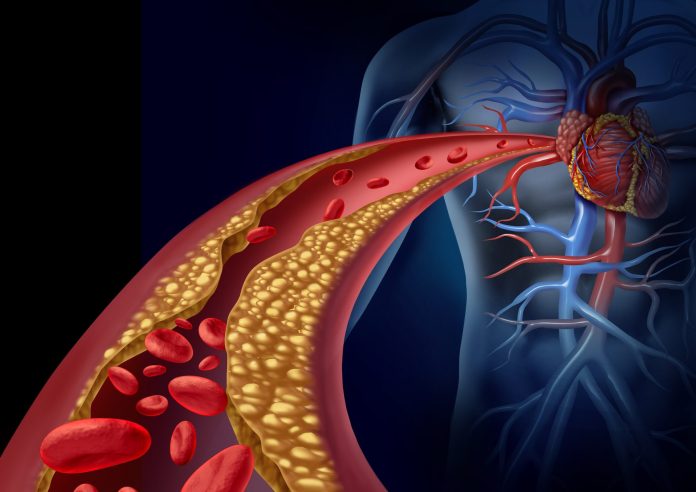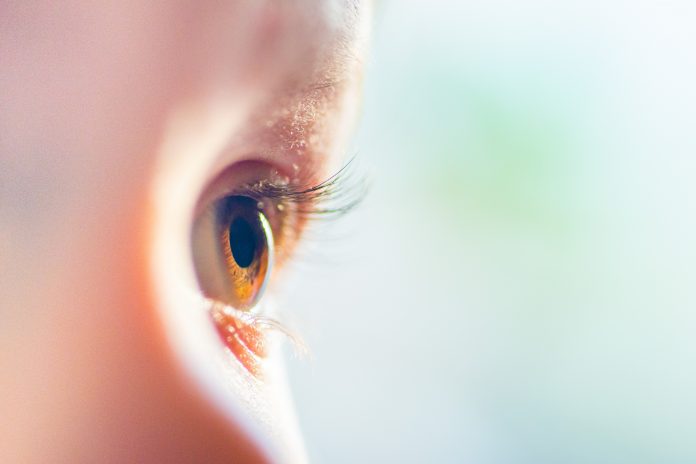
Commercially available artificial intelligence (AI) algorithms that help radiologists immediately detect breast cancer at mammography screening can also highlight women who are at risk years before their eventual diagnosis, research indicates.
The findings, reported in JAMA Network Open, could offer a pathway for personalized screening that may lead to the earlier diagnosis of breast cancer.
Mean absolute AI scores were higher in breasts that developed cancer four to six years before its eventual detection compared with breasts that remained cancer free.
“If the scores of commercial AI algorithms developed for immediate cancer detection can also estimate future cancer risk, then more accurate and reliable short-term risk estimation could lead to tailored, personalized preventive measures (e.g., more frequent or supplemental imaging), possibly resulting in earlier breast cancer detection and less-aggressive treatment,” the researchers explained.
Recently, several commercial AI algorithms have received regulatory approval as an adjunct to radiologists and they have shown promising results for detecting cancer in mammograms.
The algorithms mark areas of concern and provide breast- and examination-level malignant neoplasm scores to aid interpreting radiologists.
However, emerging research suggests that the AI scores could also detect imaging features associated with breast cancers in the years before they are detected clinically.
To investigate further, Solveig Hofvind, PhD, from the Norwegian Institute of Public Health, and her team studied AI cancer detection scores recorded on mammography among Scandinavian women undergoing screening.
Specifically, the team examined whether scores from the commercial AI algorithm INSIGHT MMG, which has received regulatory clearance for breast cancer detection, could estimate the development of breast cancers diagnosed on subsequent screening rounds.
The retrospective study included 116, 495 women, aged 50 to 69 years, with no prior history of breast cancer who took part in a national screening program at nine centers in Norway.
The women all had at least three consecutive biennial mammography screening rounds, where the first two rounds were not associated with a breast cancer diagnosis.
At each examination, the algorithm provided a score indicating suspicion of breast cancer ranging from 0 to 100, with increasing values indicating a higher likelihood of it being present on the current mammogram.
In all, there were 1265 breast cancers detected during screening, defined as ductal carcinoma in situ or invasive breast carcinoma, and 342 interval cancers that were diagnosed between screening visits.
The mean absolute differences in AI scores between the breasts of women who developed screening-detected cancer were 21.3, 30.7, and 79.0 at the first, second, and third study rounds, respectively.
The researchers defined the highest 1% of examination-level AI scores as positive with the remaining 99% as negative.
Using this absolute AI score threshold of 91.3, they calculated that 4.5% of screening-detected and interval cancers would have positive AI scores at the first study round, with this the case for 8.6% of cancers at the second study round, and 52.9% at the third study round.
At the same threshold, 0.7% of women in each study round not developing breast cancer would have a false-positive AI score. Similar patterns were observed for hypothetical thresholds based on the differences in AI scores between breasts.
The authors note: “Although current commercial AI tools, such as the one used in our study, were not developed or optimized for future cancer risk estimations, we found that the AI system’s discriminatory accuracy for estimating future screening-detected or interval cancer risk 4 to 6 years prior to diagnosis met or exceeded the performance of established risk calculators currently in wide use.”










![Best Weight Loss Supplements [2022-23] New Reports!](https://technologytangle.com/wp-content/uploads/2022/12/p1-1170962-1670840878.png)




